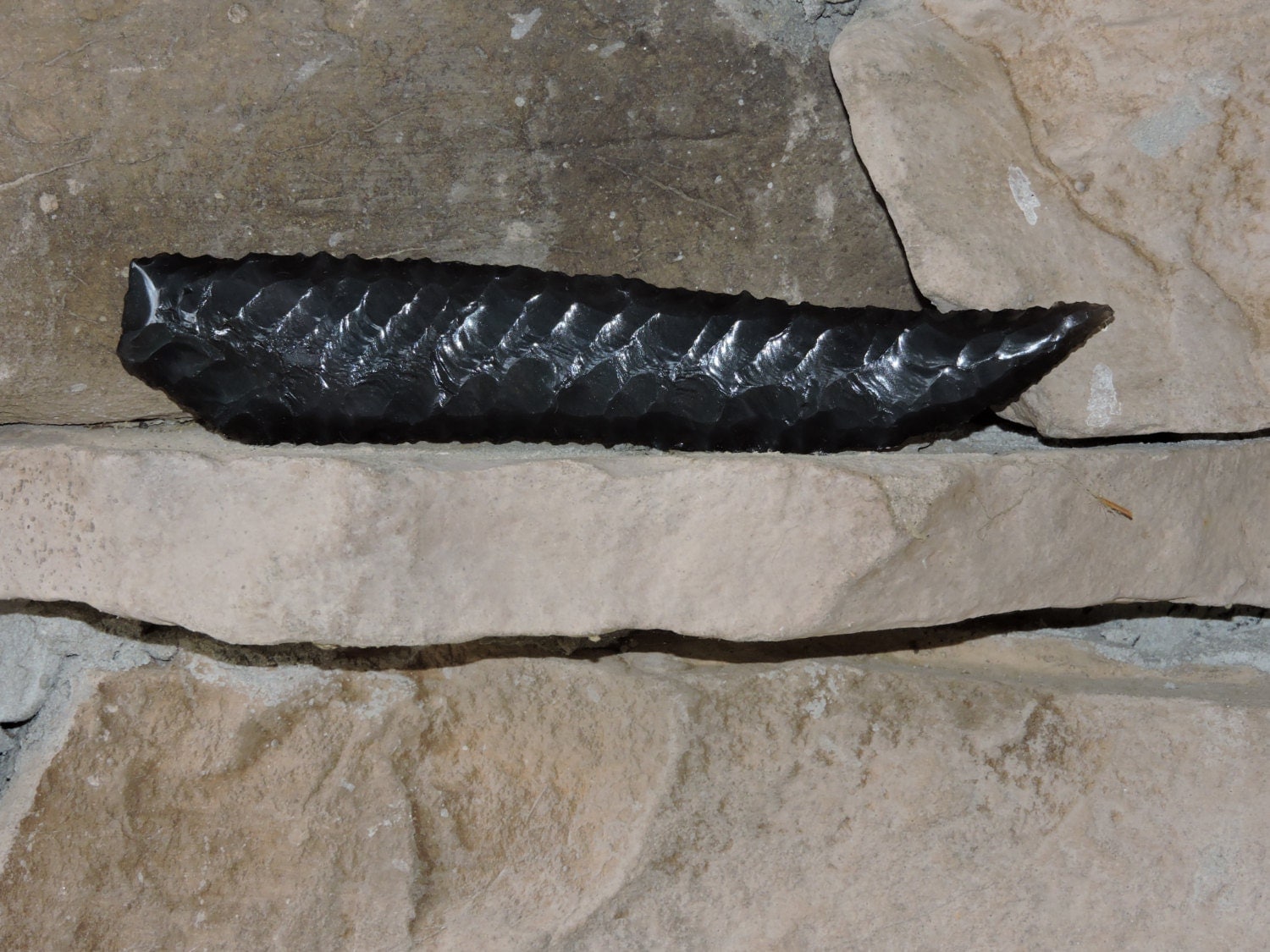
There are 33 obsidian prismatic obsidian blades 31 present use-wear, with a total of 93 independent use zones (IUZ). Then we have the numbers of obsidian and chert artifacts analyzed. It belongs to the operation "IV/99", lot numbers "31,32, 36, 37" and the context is a "midden". The first context analyzed belong to the physiographic zone "Vega", subcommunity "El Bosque", there is no group, nor number of structure, platform or plaza. The first line of the file, for example, looks like this: Subtotal: Obsidian artifacts with use-wear Obsidian: Bifacial thinning flakes with use-wear Obsidian: Prismatic blade points with use-wear Obsidian: Prismatic blade points analyzed Obsidian: Polyhedral core fragments with use-wear Obsidian: Polyhedral core fragments analyzed Obsidian: Small percussion blades with use-wear The 52 variables are, in the following order: 1 One line, the data file TAB_A04.TXT has 13 lines, with 52 variables separated with commas. The contents for every context are presented in This file contains the data from 13 contexts with lithic artifacts from the Copan valley. This file contains the data in a spreadsheet, Excel format (.xls), to be read directly.Ĭlick here to see the file TAB_A04.XLS (24,064 bytes). TABLE A4 Number of Selected Artifacts for Use-Wear Analysis,Įarly Classic Period, Copan Valley EXCEL FORMAT - TAB_A04.XLS Take time to look through the unique styles and designs of their products on the following pages and then call and order your own truly special treasure.COPÁN VALLEY AND LA ENTRADA DATASET-TABLE A4Ĭomparative Archaeology Database, University of PittsburghĮmail: Valley and La Entrada Region Dataset They truly care about satisfying all customers, no matter how big or small the order. (TIP: Hover mouse at top right or left side of enlarged image to see the next or previous buttons.)ĭale and his wife, Claudia, take great care to provide the best quality product, delivery and service to their customers. Grinding, abrading, percussion and pressure flaking are terms used by today's modern flintknappers.Ĭlick on any image below to enlarge and view descriptions of knives for ordering. Dale recreates these items by many of the same techniques used by pre-historic man.

Dale's customers range from art galleries and gift stores to nationally known catalog stores.įlintknapper, Dale Duby, of Prairie City, Oregon, started his business, Great Basin Art, to reproduce the stone tools and weaponry of vast bygone eras using only the finest obsidian. A large portion of this obsidian came from volcanic areas in the Great Basin.ĭale Duby has used all these techniques to produce the blades in these obsidian knives. Obsidian from the Western United States has been found in the shape of pre-historic artifacts across much of the North American continent. The most prized of materials for pre-historic stone tool development was the volcanic glass known as obsidian.

Jasper, agate, flint, and basalt are just a few of these materials. Any type of stone was used that could be managed into a desirable size and shape and have a sharp edge. From simple bone smashing hand held choppers (for acquiring bone marrow) to more elaborate fluted clovis spear and atlatl points to more modern arrowheads. Through eons of time, man has made his tools from stone.

Obsidian Knives by Flintknapper, Dale Duby.


 0 kommentar(er)
0 kommentar(er)
